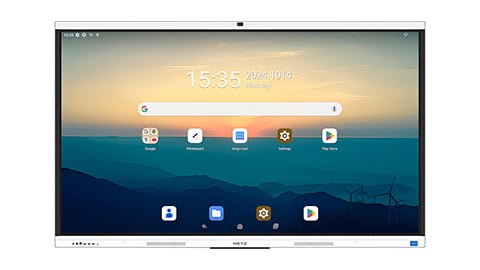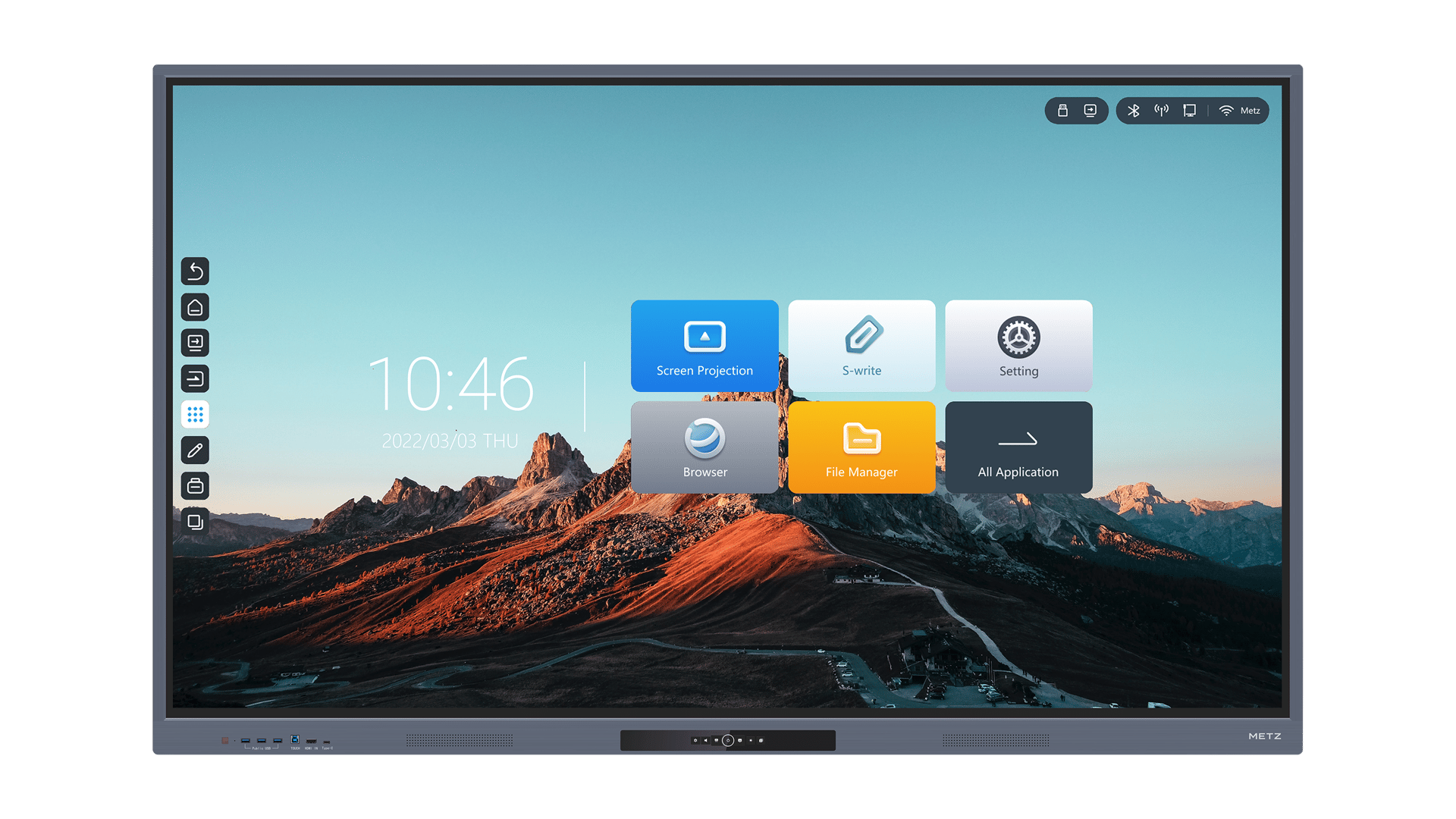Enhancing Classroom Learning with a smart learning board
In today's digital age, technology has become an integral part of education. Teachers are constantly looking for innovative ways to engage their students and make learning more interactive and fun. One such tool that has gained popularity in recent years is the smart learning board. This article explores the various benefits of using a smart learning board in the classroom.
1. Interactive Learning
A smart learning board is a touch-sensitive display that allows teachers and students to interact with the content being presented. It enables teachers to create interactive lessons by incorporating multimedia elements such as videos, images, and audio. Students can actively participate in the learning process by touching the board, dragging objects, or writing directly on the board. This hands-on approach fosters engagement and enhances learning outcomes.
2. Visual Representation of Concepts
Visual aids have long been recognized as an effective way of teaching complex concepts. A smart learning board takes this to the next level by providing a large, high-resolution display where teachers can visually represent information. Whether it's drawing diagrams, displaying charts and graphs, or showcasing 3D models, the board allows for a clear and detailed visual representation that helps students grasp difficult concepts more easily.
3. Collaborative Learning Opportunities
With a smart learning board, collaboration becomes seamless. Multiple students can simultaneously interact with the board, working together on group projects or solving problems collectively. The board also allows for easy sharing of content, enabling teachers to distribute notes, assignments, or presentations to students with just a few taps. This fosters a sense of teamwork and encourages students to learn from and support each other.
4. Personalized Learning Experience
Each student has their own unique learning style and pace. A smart learning board accommodates this diversity by offering personalized learning experiences. Teachers can tailor their lessons to suit individual needs by providing different levels of content difficulty, interactive activities, and even customized assessments. This level of personalization helps students stay engaged and motivated, leading to better understanding and retention of knowledge.
5. Real-time Feedback and Assessment
Traditional methods of assessment often involved waiting for papers to be graded and returned. A smart learning board streamlines this process by providing instant feedback. Teachers can use various interactive tools on the board to assess student understanding in real-time. This immediate feedback allows teachers to identify areas of weakness and address them promptly, ensuring that students stay on track and receive the support they need.
6. Access to Digital Resources
A smart learning board opens up a world of digital resources for both teachers and students. With internet connectivity, teachers can access online libraries, educational websites, and multimedia content to enhance their lessons. Students can also benefit from digital resources by conducting research, accessing e-books, or engaging in online discussions. This access to a vast array of digital resources encourages independent learning and prepares students for the digital age.
7. Increased Classroom Efficiency
The use of a smart learning board can significantly increase classroom efficiency. Teachers can save time by preparing lessons in advance and easily accessing them when needed. The board's interactive features also allow for quick demonstrations, discussions, and presentations, eliminating the need for traditional classroom materials such as whiteboards, projectors, and printed handouts. This streamlining of classroom processes translates into more time for meaningful learning experiences.
8. Cost-effective Solution
Contrary to popular belief, investing in a smart learning board can be a cost-effective solution in the long run. While the initial setup may require an investment, the board eliminates the need for various traditional teaching materials, such as textbooks, workbooks, and printing supplies. Additionally, digital content can be easily updated and shared, reducing the need for physical copies. Over time, the savings on these resources can offset the initial investment.
9. Environmental Sustainability
Using a smart learning board aligns with the growing focus on environmental sustainability. By reducing the need for paper-based materials and minimizing energy consumption compared to traditional teaching tools, the board helps to reduce the carbon footprint of the classroom. This eco-friendly approach instills a sense of responsibility in students and teaches them the importance of conserving resources.
10. Future-ready Skills
As technology continues to shape the world, it is crucial for students to develop the necessary skills to thrive in the future. Using a smart learning board equips students with digital literacy skills, critical thinking abilities, and problem-solving capabilities. These skills are essential for success in the 21st century workplace, where technology plays a central role. By integrating technology into the classroom, educators are preparing students for the challenges and opportunities that lie ahead.






